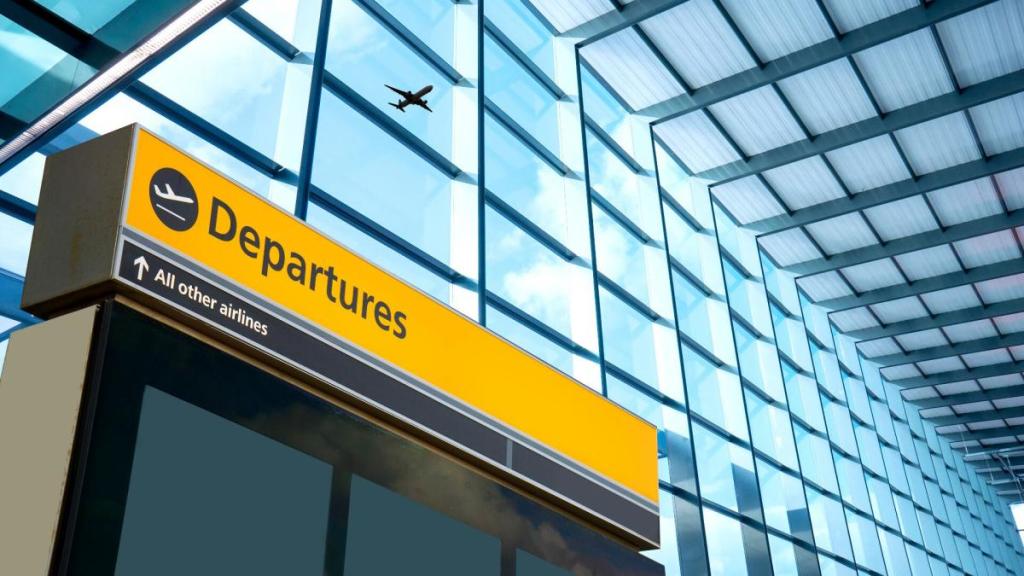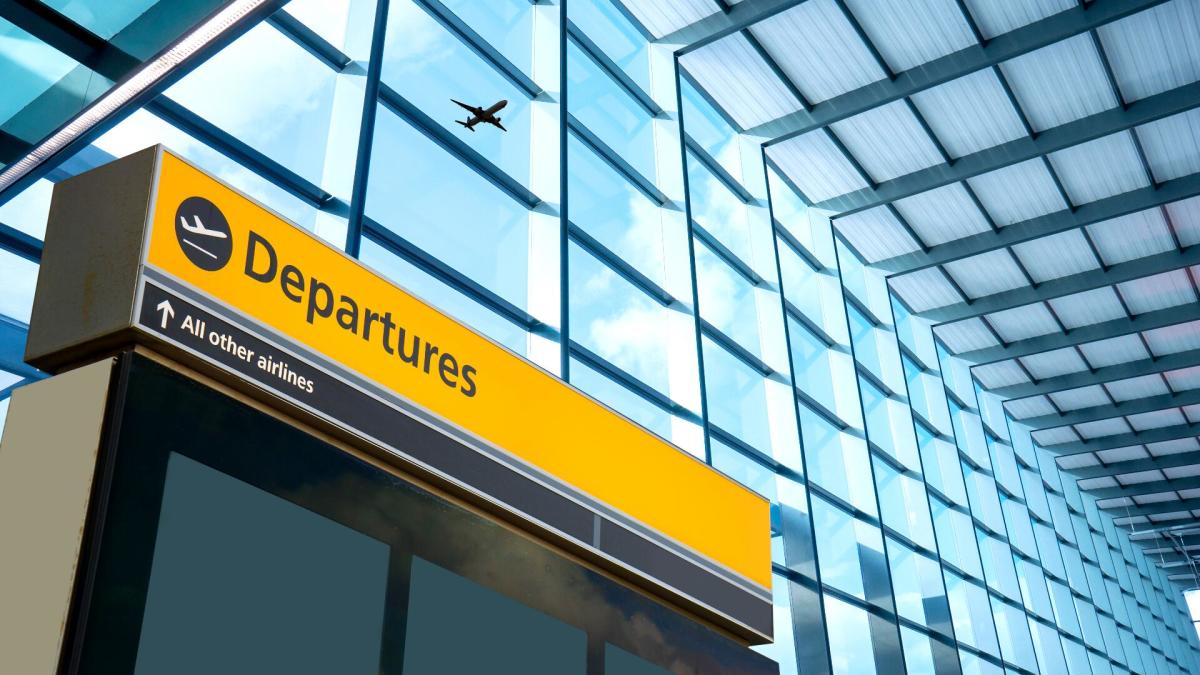One country is very close to fully scrapping the liquid rule at airports
Published 8:02 am Tuesday, February 6, 2024

- Travelers will have to get to London Heathrow from another part of the country or on another airline.
For those born after a certain period, there is no reality in which one was able to bring a bottle of water or large tub of hand cream aboard a flight.
After the attacks of 9/11, the U.S. government was looking at any and all ways to crack down on terrorism and introduced the 3-1-1 rule in 2006 after finding that some had tried to smuggle explosives in a water bottle. The system, which requires any liquids, gels or aerosols below 3.4 fluid ounces to be packed into a single clear bag was quickly picked up by other nations — the last 1 in the rule’s name comes from the fact that 3.4 ounces is 100 milliliters in the metric system.
Related: New California Airport Ban Will Completely Change How You Travel
Over the next 20 years, the strictness of the requirement has slackened somewhat. The Transportation Security Administration (TSA) bans liquids greater than 100ml but does not pull aside the bags of those who do not have them in a single bag, while many countries are working to scrap the liquid rule altogether.

Shutterstock
United Kingdom is in ‘regular contact with airports’ about new security measures
In a recent announcement, the United Kingdom’s Department of Transport said that travelers will be able to bring liquids in containers greater than 100ml when the country introduces a new type of 3D scanner by June 2024, even if not all airports will be able to meet that deadline.
More Travel:
- A new travel term is taking over the internet (and reaching airlines and hotels)
- The 10 best airline stocks to buy now
- Airlines see a new kind of traveler at the front of the plane
As the computer tomography (CT) will scan the entire contents of one’s belongings in a more thorough way than ever, liquids will no longer need to be singled out as a higher risk.
“The UK has some of the most robust aviation security measures in the world and this cutting-edge technology will enhance security and boost the passenger experience,” the Department of Transport said in a statement to aviation website Simple Flying.
The government agency further said that it is “in regular contact with airports as they move towards … upgrading their screening equipment and processes but are unable to “talk in detail about aviation security measures.”
Here are some of the other countries that are rethinking the liquid rule
Major airports such as London Heathrow and Manchester Airport will be the first to start using the new scanners but, even then, not every security clearance lane will have one and so it may take a period of time for the liquid rule to be scrapped for all.
While the U.S. is yet to announce any plans to scrap the liquid rule despite also investing in the latest technology for scanners, several European countries have started introducing new 3D scanners at their airports and committed to phasing out the liquids rule once their use is more prevalent.
Amsterdam’s Schiphol International Airport and the Leonardo da Vinci International Airport in Rome are some of the airports that have already started installing the 3D scanners, while officials in Spain and Portugal have also talked about a timeline to eliminate the liquid rule.
The Josep Tarradellas Barcelona–El Prat Airport in Barcelona may start scrapping it in some sections of the airport as soon as the summer of 2024.





